Cricket Bat: The Complete Guide to Buy a Good Cricket Bat

Hello Cricket lovers. I am really thankful that you all liked my previous posts about Cricket Bats. Since you guys asked a lot and wanted to know more about it. Here I am, with the complete guide of Cricket Bats. This post will provide you the valuable information about the structure, material, manufacturing and legal specification of the Cricket Bat.
Cricket Bat is a fundamental element to the game of cricket. Cricket is unimaginable without it. Good Cricket Bats are usually expensive due to its superior quality. However, a large proportion of players, mainly amateurs and children, are playing with the wrong size and/or weight cricket bat. It occurs mainly due to their lack of technical information. It’s really harmful for their game.
A Cricket Bat is a specialized Willow made equipment used by batsmen in the game of Cricket to hit the Cricket Ball. It’s typically consisting of a cane handle attached to a flat-fronted willow-wood blade.
Structure:
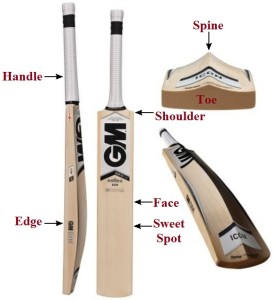
The blade of a Cricket Bat is a wooden block that is flat on the front striking face and with a ridge on the back side. It concentrates the wood in the middle of the face where the ball hits.
The blade is connected to a long cylindrical cane made handle. The handle is covered with a rubber grip. Bats create a wooden spring design where the handle meets the blade. Cane handle spliced into a willow blade through a tapered splice. The taper provides better transfer of load from the bat’s blade to the handle. This better shock absorption reduces the risk of breakage.
The edges of the blade closest to the handle are known as the shoulders of the bat. The bottom of the blade is known as the toe of the bat.
Materials:
The Cricket Bat is traditionally made from naturally fibrous willow wood. It’s specifically made from a variety of White Willow called Cricket Bat Willow (Salix Alba var. caerulea). The Willow is treated with raw linseed oil due to its protective function. This variety of willow is used due to its toughness and shock-resistant properties. It neither gets dented nor splintered on the impact of a cricket ball at high speed easily. It’s also very light in weight which is a huge plus point. The face of the bat is covered with a protective film.
Every cricket bat manufacturer wants to select the best woods for their products. It ensures high standards and overall product quality. The main two types of willow used for bat making are English Willow and Kashmir (Indian) Willow.
English Willow:
This is a soft, light weighted, fibrous timber. This willow is the preferred choice for the majority of bat manufacturers. It provides high performance impact when striking the ball. But regardless of its quality, willow will become damaged and face breakages over time. The bat has to face the nature of the game and the frequent high intense impacts of the ball hitting it. Even a good bat can become scarred, bruised and dented.
Kashmir Willow:
Kashmir willow comes from northern part of India. It’s largely utilized by cricket bat manufacturers as a quality substitute for English Willow. The Kashmir willow is harder in comparison to English willow. But it does not have the same performance effect. Players do not experience the same “sweet spot” when striking the ball like English Willow. Kashmir willow is used for lower range and economical cricket bats. It is rare to see a regular adult player, playing at a reasonable standard to play with a Kashmir willow cricket bat.
Recent technological advancements and innovations modified the whole Bat making process. There are some new elements which entered in the manufacturing of Cricket Bat handles. But only 10% of the volume of the handle can be other than cane.
Carbon Fiber:
Some cricket bat manufacturers insert carbon fiber into the handle of the cricket bat. This make the bat feel lighter in the hands. The insertion of carbon fiber also generates more power in shots. It also increases the shock absorption in the handle from high impact while connecting the balls.
Titanium:
This material is can be inserted into the handle of cricket bats Like Carbon Fibers. It plays the same role of adding reinforcement and provides more power in the hitting zone.
Manufacturing:
The process of making a Cricket Bat is very specific. It takes a long period of time, perfection in technique and also the passion about the good old tradition to make this perfect piece of sporting product.
Time:
A Cricket Bat is very special product in this case. The process of making it takes a relatively longer period of time as compared to other sporting products.
In this process, the trees have to be specially planted in selected areas of the United Kingdom. It can be India to in the case of Kashmir willow Bats. After 15-30 years of plantation, the trees become ready to chop down. After chopping each tree, they plant two trees for the future use.
Clefts:
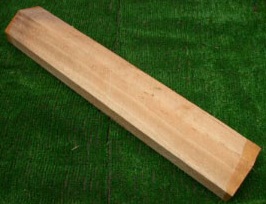
Then those trees are chopped into logs. Then they split it into wedges called clefts. Then the bat manufacturers carefully select the clefts they want. Then they wax it on each end. It prevents the loss of any water moisture and splitting. Then these clefts are placed in drying rooms. After drying for 6 months, the clefts are removed from the rooms. Now the clefts have reached the required moisture levels.
Cutting:
Then those clefts are then cut into the basic shape of a cricket bat. It needs to be done with the correct length and width. At this point of time, the handle and toe ends of the bat are ready. The blade is selected from the best end of the willow. It provides a quality cricket bat and better performance.
Pressing:
Then after cutting and grading, the willow is pressed. This improves the strength of the willow so it can bear the impact of a cricket ball. This pressing needs to be done very carefully. The Cricket Bat should not be compressed too much.
Fitting the handle:
Then the next stage is to fit the handle to the cricket bat. The handle is constructed of cane and rubber strips. Recent technological innovations make it possible for carbon fiber and titanium to be utilized occasionally. The handle is constructed by such materials to add strength to the structure and generate more power in the shots.
Shaping:
After fitting the handle, the cricket bat is nearly complete. Then the craftsmen use his skill to shape the blade. Some manufacturers use a draw knife and some prefer machines to achieve the same outcome. Cricket Bats are crafted with both lower and higher middles. It depends on the player’s batting style and the types of pitches they play on. The craftsmen shape the blade to enhance the pick-up. The shape affects the weight of the cricket bat and ensures a good overall balance. The shoulders of the Cricket Bat are shaped and blended to give the correct shape and structure.
Final touches:
Then the whole Cricket Bat is sanded. Then the bat gets a polish to the surface by using a horse’s shin bone. This compresses the cricket bat further and provides a nice polished finish. It also increases the overall presentation of the Cricket Bat. Then rubber grips and the manufacturer’s logo are added to the Bat. Now the Bat is complete and ready to be sold.
A player is needs to keep in mind that at this stage the cricket bat isn’t entirely finished. He will have to do some preparation to the bat before using it, even when the stickers state the bat is pre-prepared.
Legal Specifications:
Cricket Bat manufacturers must stay within the rules throughout the process. The MCC’s (Marylebone Cricket Club) Law 6 states the following:
Width and Length:
- Its length shall be no more than 38 inches/96.5 cm (965 mm).
- The blade of the cricket bat shall be made solely of wood.
- It width shall not exceed 4 inches/10.8 cm (108 mm).
Covering the Blade:
The blade may be covered with material for protection, strengthening and/or repair. But such material shall not exceed 1.56 mm in thickness. It also shall not cause unacceptable damage to the ball.


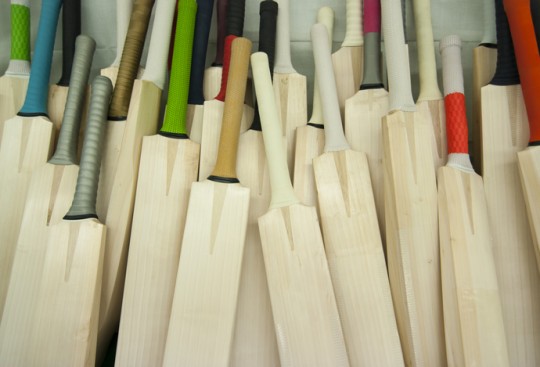
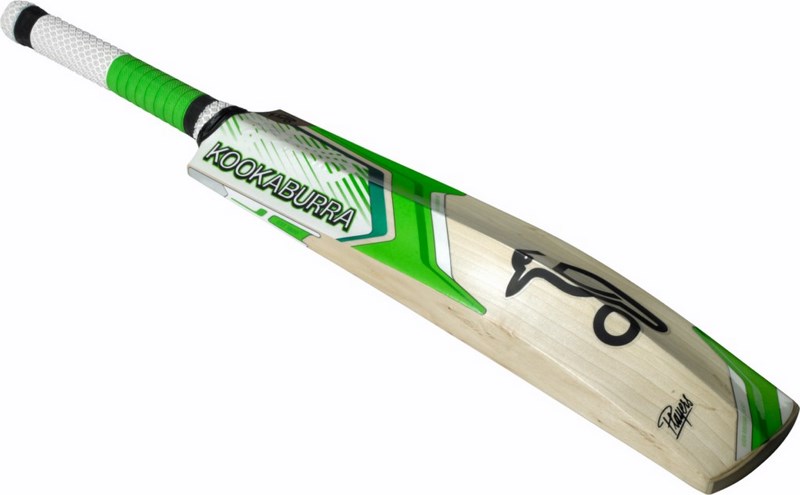
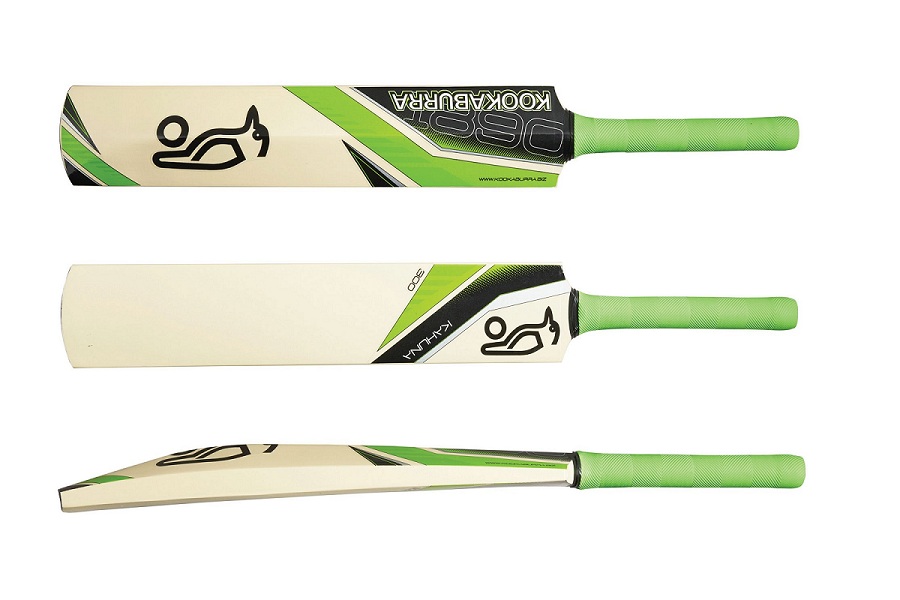
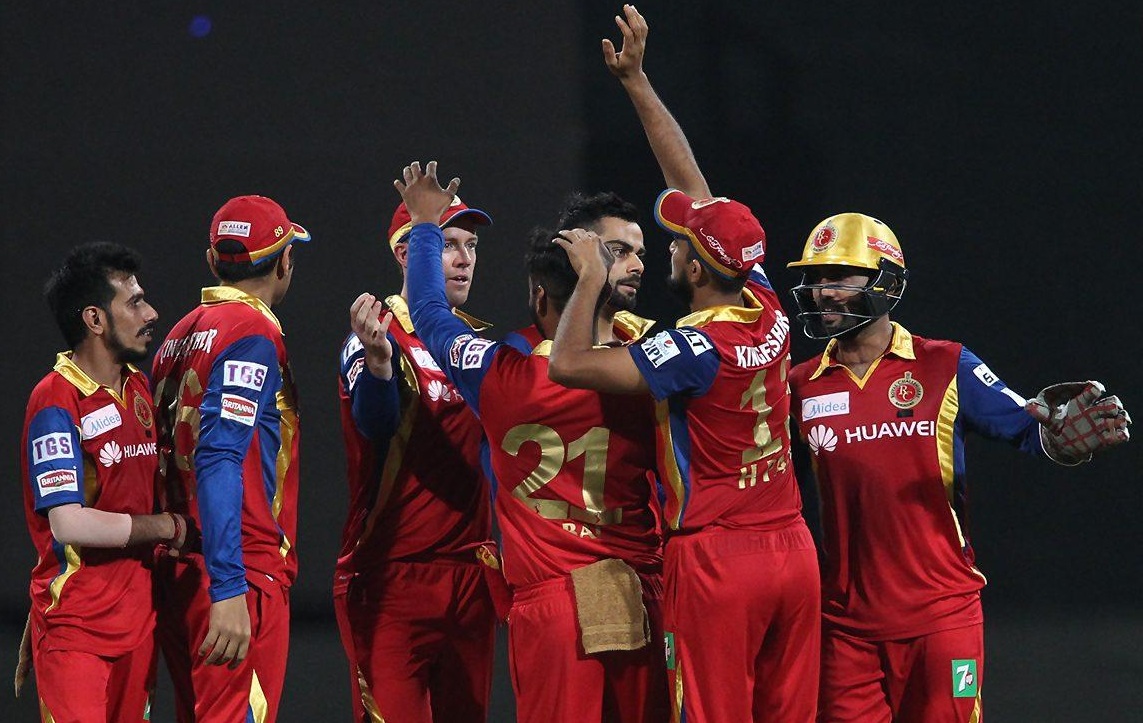


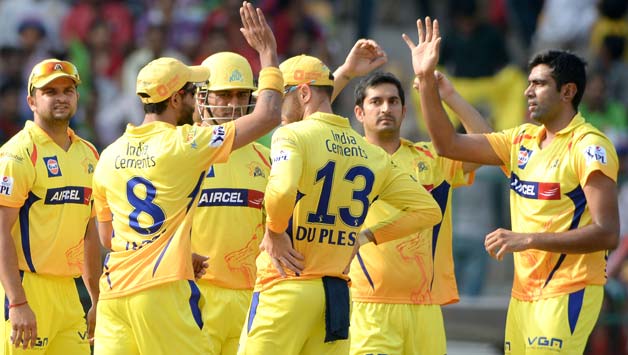
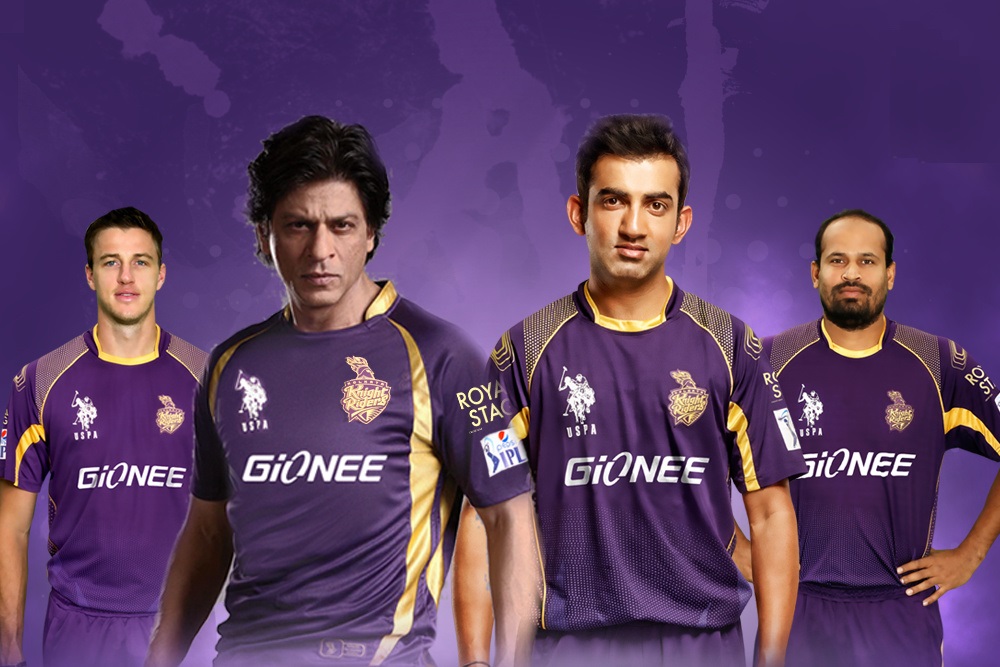
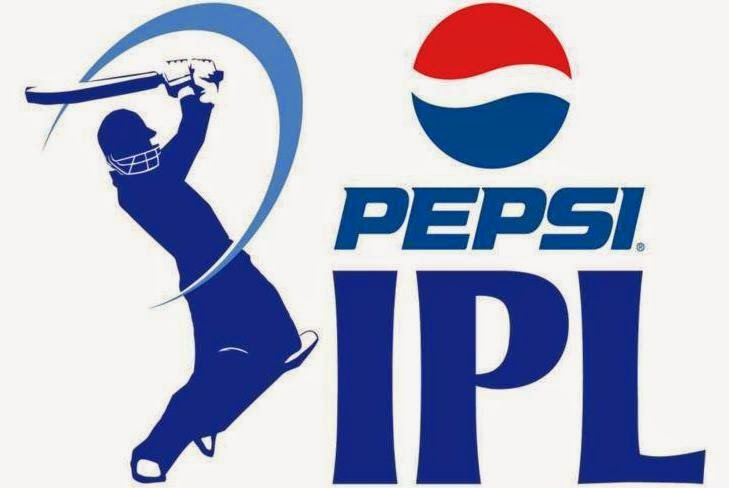
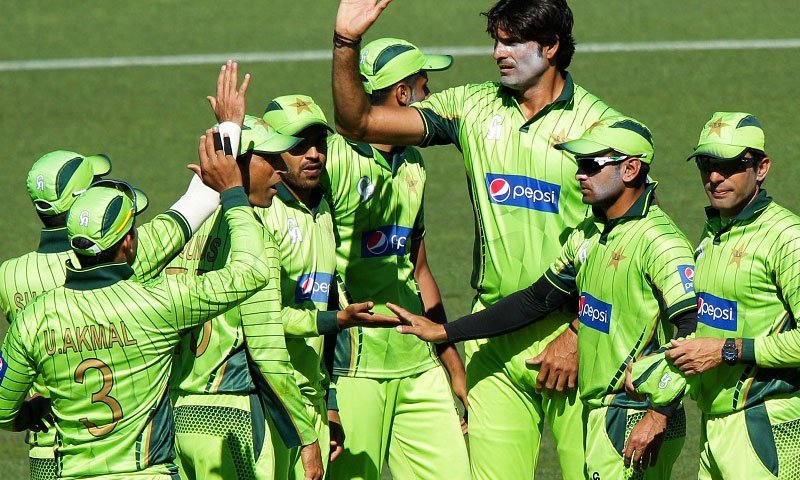
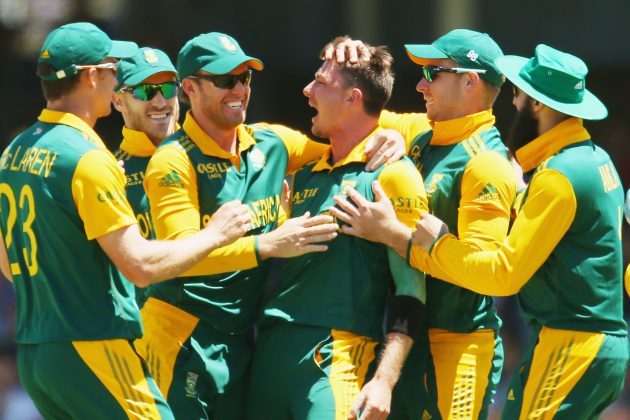
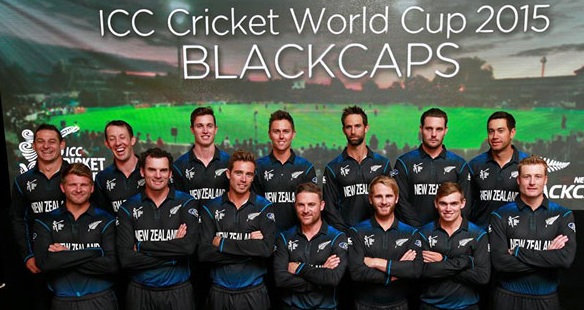
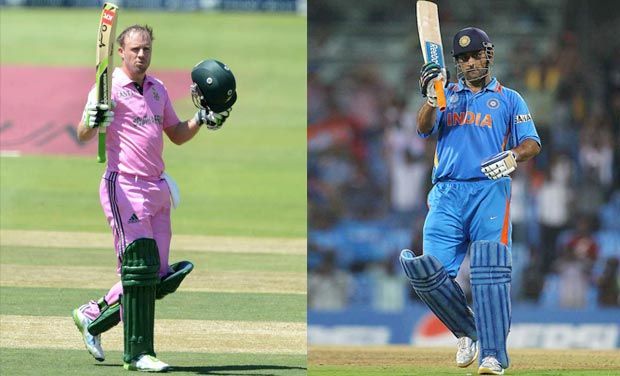
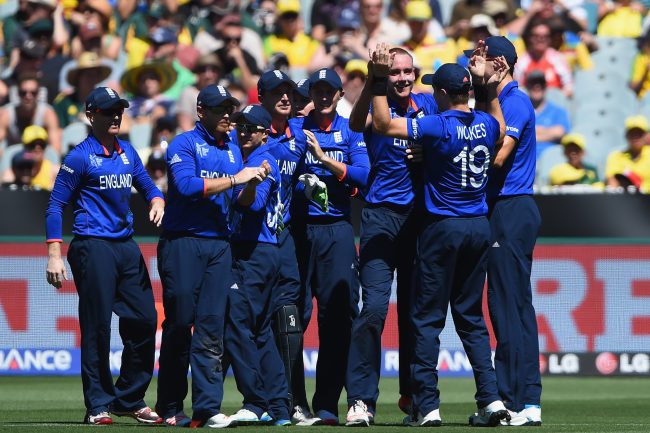

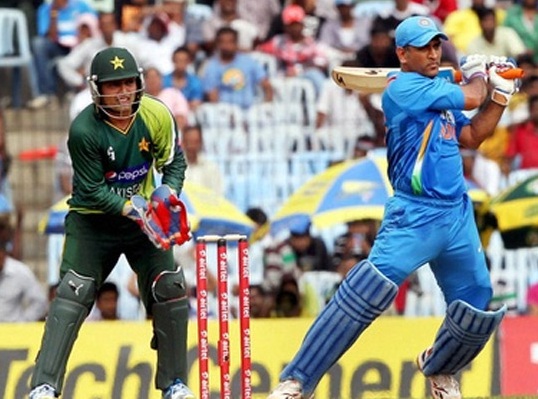
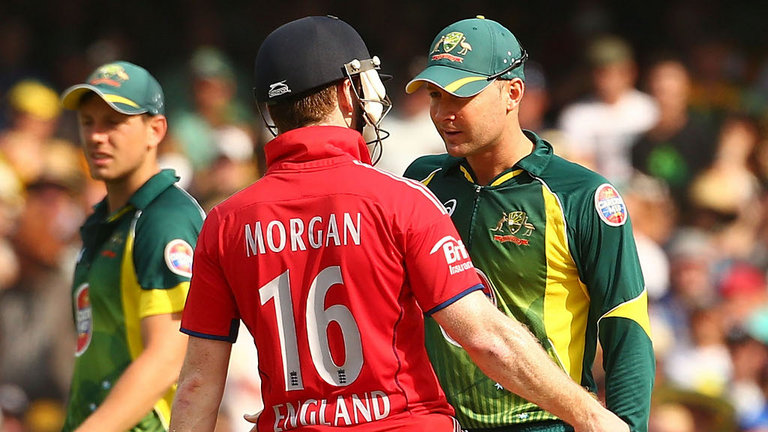
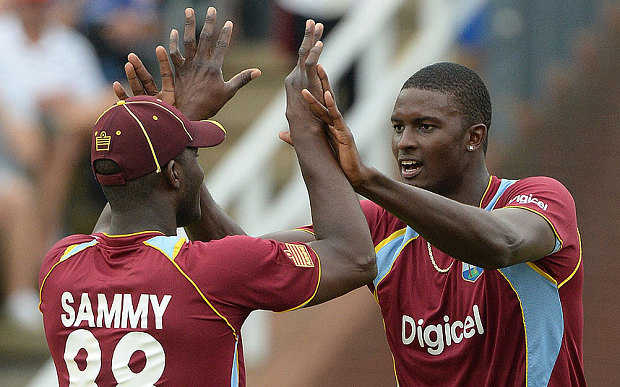
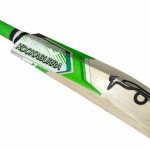

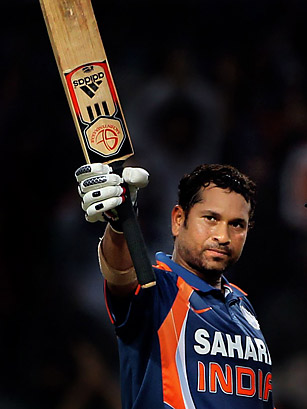

Comments 8
Carbon Fiber ,Titanium comment is nonsense.Its a marketing ploy.Bats go better with a flexible handle ask any cricketer with a cracked handle.
I believe the new handles I am making are the best available in World Cricket.
Will be on the Black widow website and video soon.
Cheers Dave
Dear Sir, Plz. tell me how could I understand that A bat is made by original willow wood or not & or A bat gives me perfect strokes or not when I play. And, what the real height and thickness of A bat’s handle????????
plz send me answer of my question!!!!!!
Bat width is 4 & 1/4″ inches not 4″
108mm as have you have it is correct
Pheenmnoal breakdown of the topic, you should write for me too!
Hy sir……………..you are trying to your best to saticfied the askers ………………nice job
Sir,
i want to question from you that my height is 5’2 what is the correct height for me of a bat
you are right
What is the best place to buy cricket bats in Delhi?
Lodhi Sports Store in Lodhi Colony